Showcasing innovative transportation solutions in rural Africa, such as bicycle-powered ambulances, low-cost vehicles, and community-driven transportation projects.
Rural transportation in Africa has been undergoing innovative changes to address the challenges of accessibility and mobility. These solutions aim to improve the quality of life for rural communities by providing efficient, affordable, and sustainable transportation options.
1. Bicycle-Powered Ambulances:
- Description: In remote areas where motorized ambulances may not be feasible, bicycle-powered ambulances have emerged as a practical solution. These ambulances are equipped with stretchers or trailers that can be attached to bicycles, allowing medical personnel to transport patients quickly in emergency situations.
- Impact: Improved access to healthcare services and faster response times, particularly in areas with limited road infrastructure.
2. Low-Cost Vehicles:
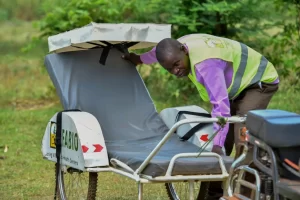
Uganda’s bicycle ambulances (From Aljazeera)
- Description: Locally-designed and manufactured low-cost vehicles, such as three-wheeled motorcycles with trailers or small utility trucks, have gained popularity in rural Africa. These vehicles are designed to navigate challenging terrains and carry goods and passengers.
- Impact: Enhancing rural connectivity by providing affordable transportation for both people and goods, boosting economic activities and trade.
3. Community-Driven Transportation Projects
- Description: Many rural communities in Africa have initiated their own transportation projects, like creating communal transport services. These initiatives involve using shared vehicles, setting up local transportation committees, and managing transport resources collectively.
- Impact: Empowerment of communities to take charge of their transportation needs, leading to improved mobility and economic self-reliance.
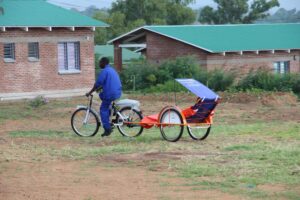
Bicycle Ambulances for Chilaweni (From Rotary)

4. Mobile-Based Transportation Services:
- Description: Mobile technology is being leveraged to develop ride-sharing and on-demand transportation platforms in rural areas. These platforms connect passengers with available vehicles through mobile apps, optimizing transportation efficiency.
- Impact: Increased convenience and access to transportation options, reducing wait times and providing income opportunities for local drivers.
5. Improved Road Infrastructure:
- Description: Investments in rural road infrastructure, including road rehabilitation and construction, have been crucial in improving overall transportation conditions. Innovations include using sustainable materials and designs suitable for local environments.
- Impact: Enhanced road connectivity that facilitates smoother movement of people and goods, leading to economic growth and development in rural regions.

Woman in Nairobi Matatu (bus) sector, a male dominated industry (Photo by Monika Krystyna )
Conclusion
Innovations in rural transportation in Africa are transforming the way communities access services, engage in economic activities, and connect with the wider world. These solutions emphasize sustainability, affordability, and community involvement, contributing to the improvement of living standards in rural areas.
Read more for deeper understanding of Africa’s public transport. Also, check out OUR MONTHLY NEWS FOR SOME ROAD ACCIDENTS AND SAFETY ISSUES.
REFERENCES
- xx
I hope you find this article useful! If you have questions, feel free to leave a comment or contact me directly. 🙂

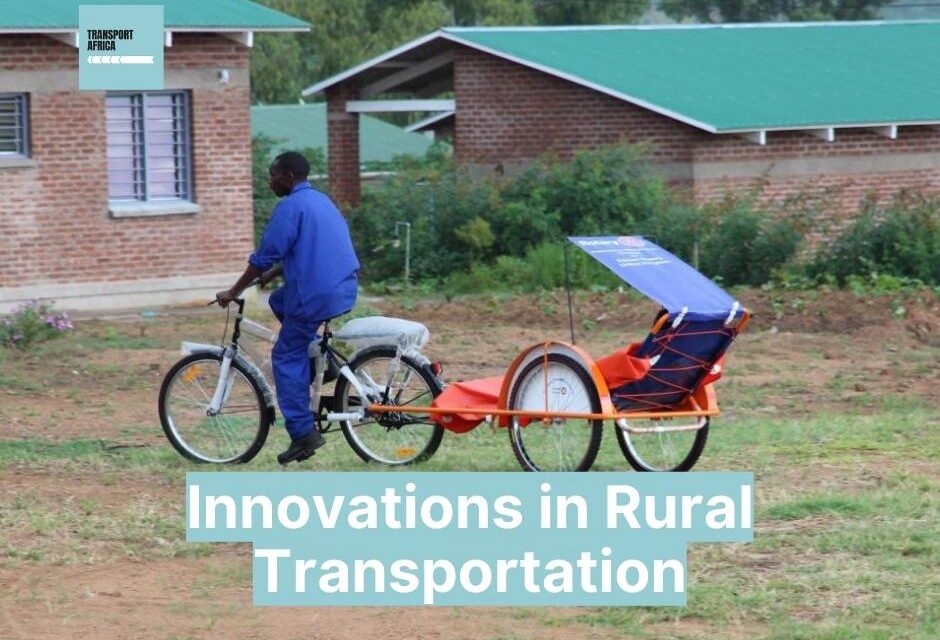
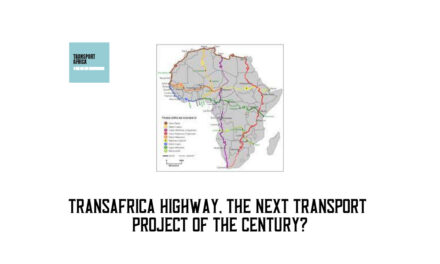

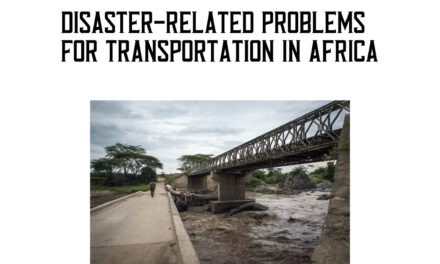
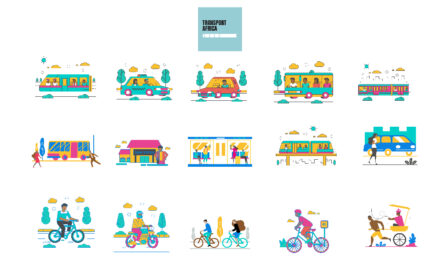
Thanks for another fantastic article. Where else may anyone get that type of information in such a perfect manner of…